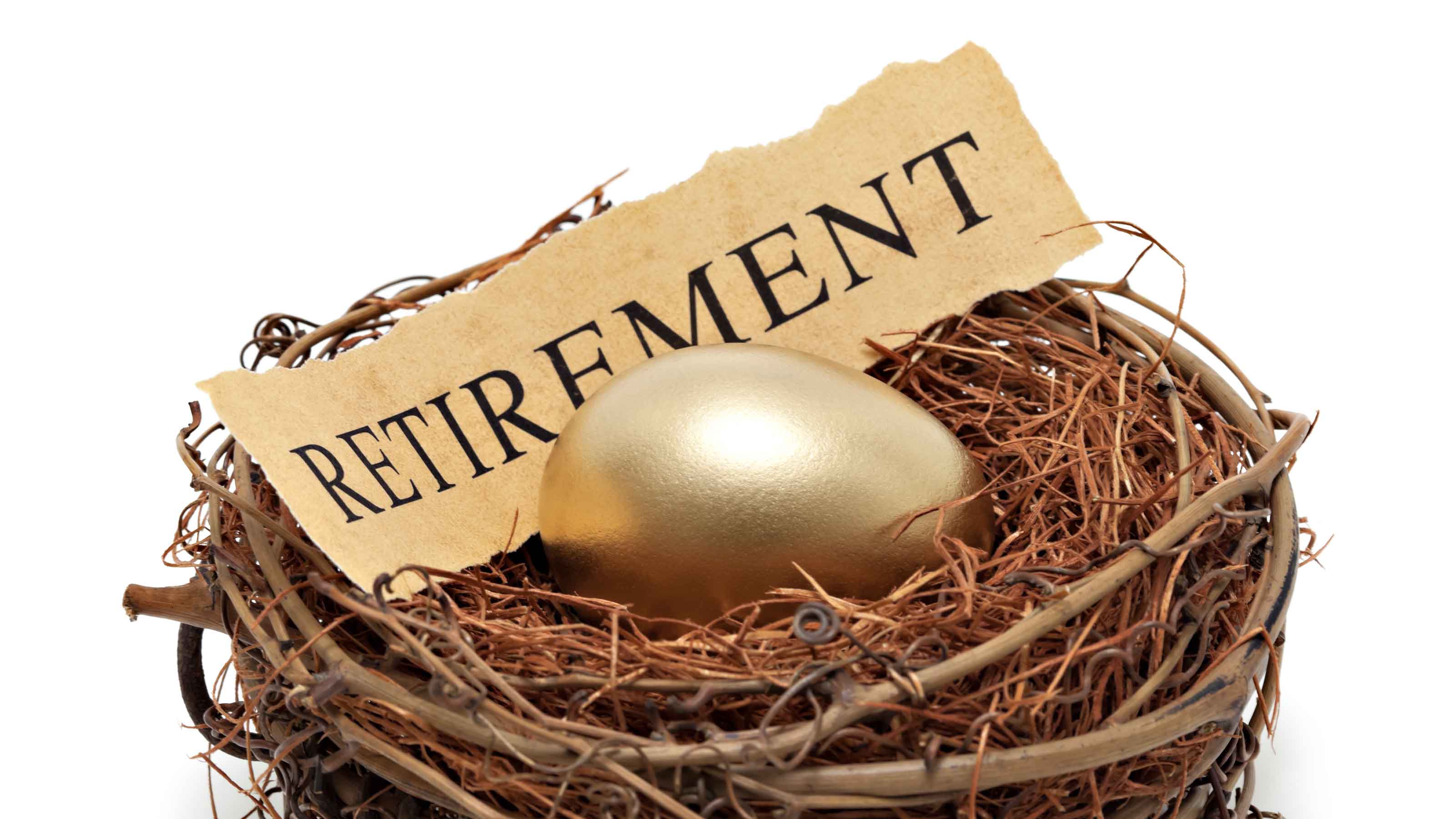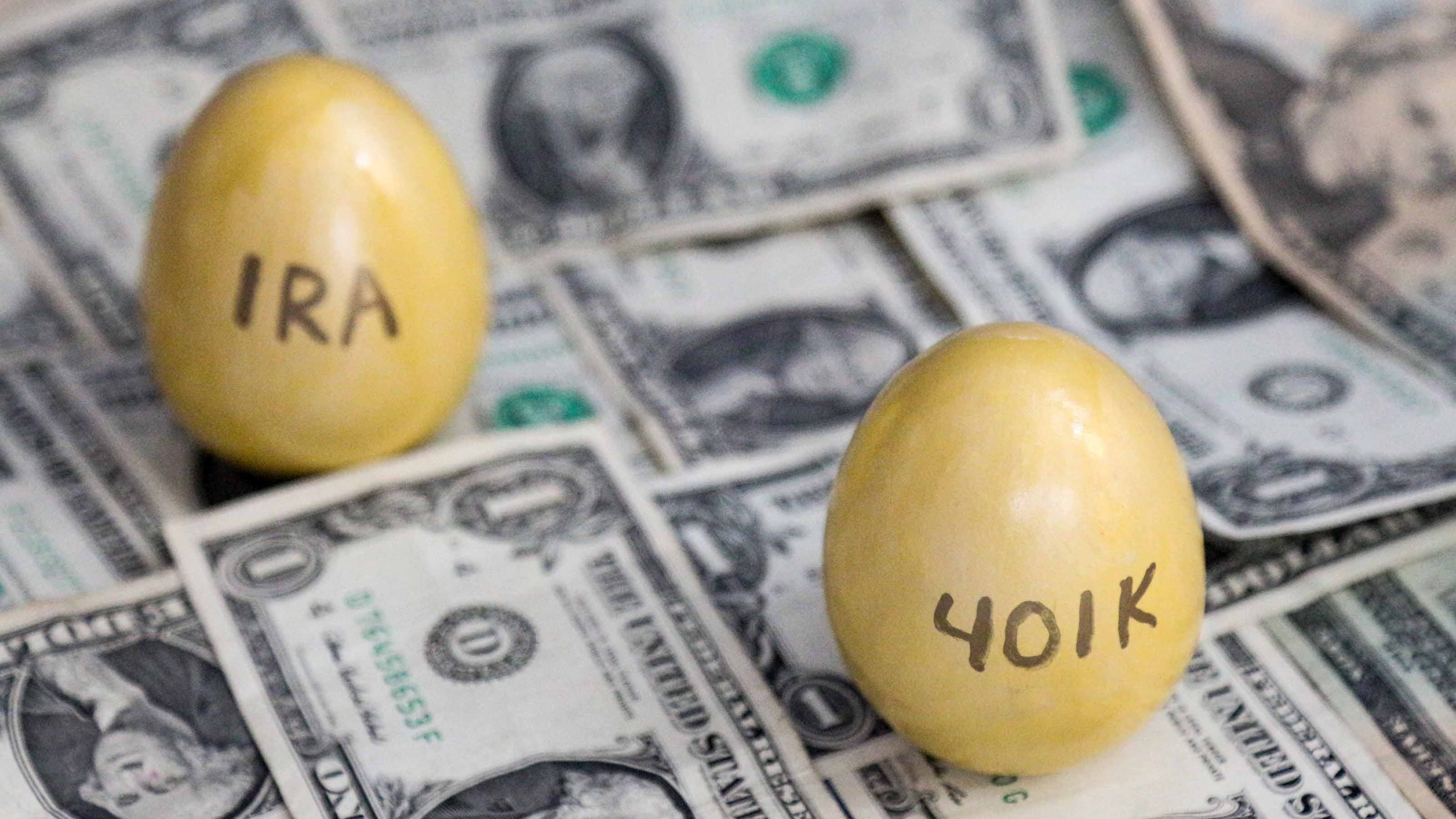How Military Members Can Benefit From a Roth
The tax benefits of this IRA are hard to beat if you have tax-exempt deployment pay.

Is a Roth IRA a good retirement plan for a 19-year-old who is in the Navy?
It definitely is. Instead of getting a tax break for contributions now, with a Roth you can withdraw the money (including earnings) tax-free after age 59½. This future tax break benefits someone whose taxable income is low now but will likely rise -- such as a young person in the military who will earn a higher salary and no longer receive a tax-free housing allowance after he leaves the military.
| Row 0 - Cell 0 | What You Need to Know About the Thrift Savings Plan |
| Row 1 - Cell 0 | Why You Need a Roth IRA |
| Row 2 - Cell 0 | Military Family Money Guide |
A Roth IRA can be particularly helpful if you have tax-exempt deployment pay. Your money goes in tax-free and your contributions as well as your earnings come out tax-free, a double tax benefit that's tough to beat.

Sign up for Kiplinger’s Free E-Newsletters
Profit and prosper with the best of expert advice on investing, taxes, retirement, personal finance and more - straight to your e-mail.
Profit and prosper with the best of expert advice - straight to your e-mail.
Another perk: You can withdraw your Roth IRA contributions at any time tax- and penalty-free for any reason.
You can contribute up to $5,000 to a Roth IRA in 2009 (people who are 50 or older can contribute $6,000) as long as your adjusted gross income is $105,000 or less, or $166,000 or less if you are married filing jointly (you can make a partial contribution if you earn $120,000 or less; or $176,000 or less if married filing jointly).
You must have earned income to qualify for a Roth IRA, and combat-zone pay, which is tax-free, counts. If you earn income but your spouse doesn't, you can contribute $5,000 to an IRA in his or her name, too.
You can open a Roth IRA with a brokerage firm, mutual fund company, credit union or bank. When selecting an IRA administrator, look for low fees and a range of investments choices. If you have 20 to 30 years until you plan to withdraw money in retirement (or even longer for a 19-year-old), it's usually best to invest the money in a diversified portfolio of mutual funds, especially stock funds that can grow significantly over the long run. See our suggested portfolios on the Kiplinger 25 page for some ideas based on your time frame.
You have the choice of investing a lump sum or signing up to have money automatically shifted from your bank account or paycheck to the Roth IRA. Investing $416.67 per month will get you to the $5,000 annual limit. You have until April 15, 2010, to make your 2009 Roth IRA contribution. But the sooner you make a contribution, the sooner the tax-free earnings will begin to grow.
As a member of the military, you also have access to another valuable retirement-savings opportunity: the Thrift Savings Plan. Contributions to the TSP are tax-deductible now and grow tax-deferred for the future. You'll have to pay taxes on the earnings when you withdraw the money after age 59½, but you'll benefit from the current tax break and the years of tax-deferred growth. The TSP is particularly valuable because the fees are incredibly low: about 15 cents per year for every $1,000 invested. It's easy to get started -- you sign up to have money invested automatically from your paycheck -- and the minimum contribution is just 1% of basic pay each period.
You can invest in both the Thrift Savings Plan and a Roth IRA in the same year. In 2009, the maximum contribution to a TSP is $16,500. Plus, if you're deployed, you can contribute all of your tax-exempt combat-zone pay, as long as your total TSP contributions for the year don't exceed $49,000.
Even if you can afford to invest only a little bit now, it may be a good idea to contribute to both a Roth IRA and the Thrift Savings Plan; you'll benefit from both types of tax advantages and start a savings habit early. It's easy to increase your contributions to both types of accounts as your salary increases.
For more information about the Thrift Savings Plan, see What You Need to Know About the Thrift Savings Plan. For more information about Roth IRAs, see Why You Need a Roth IRA.
See our Military Family Money Guide for more information to help service members and their families with their personal finances.
Get Kiplinger Today newsletter — free
Profit and prosper with the best of Kiplinger's advice on investing, taxes, retirement, personal finance and much more. Delivered daily. Enter your email in the box and click Sign Me Up.

As the "Ask Kim" columnist for Kiplinger's Personal Finance, Lankford receives hundreds of personal finance questions from readers every month. She is the author of Rescue Your Financial Life (McGraw-Hill, 2003), The Insurance Maze: How You Can Save Money on Insurance -- and Still Get the Coverage You Need (Kaplan, 2006), Kiplinger's Ask Kim for Money Smart Solutions (Kaplan, 2007) and The Kiplinger/BBB Personal Finance Guide for Military Families. She is frequently featured as a financial expert on television and radio, including NBC's Today Show, CNN, CNBC and National Public Radio.
-
 6 Stunning Waterfront Homes for Sale Around the US
6 Stunning Waterfront Homes for Sale Around the USFrom private peninsulas to lakes, bayous and beyond, Kiplinger's "Listed" series brings you another selection of dream homes for sale on the waterfront.
By Charlotte Gorbold Published
-
 Six Reasons to Disinherit Someone and How to Do It
Six Reasons to Disinherit Someone and How to Do ItWhether you're navigating a second marriage, dealing with an estranged relative or leaving your assets to charity, there are reasons to disinherit someone. Here's how.
By Donna LeValley Published
-
 Catch-Up Contributions to Retirement Accounts Boosted By SECURE Act 2.0
Catch-Up Contributions to Retirement Accounts Boosted By SECURE Act 2.0Americans approaching retirement age can now squirrel away more money in IRAs, 401(k)s, and other retirement accounts.
By Rocky Mengle Published
-
 When RMDs Loom Large, QCDs Offer a Gratifying Tax Break
When RMDs Loom Large, QCDs Offer a Gratifying Tax BreakSend money directly to charity from your traditional IRA, and you won’t owe taxes on the amount you donate. It’s a win-win!
By Scott Tucker, Investment Adviser Representative Published
-
 Save More for Retirement in 2023 Thanks to Higher IRA and 401(k) Contribution Limits
Save More for Retirement in 2023 Thanks to Higher IRA and 401(k) Contribution LimitsIf you're saving for retirement, you can contribute a lot more to an IRA, 401(k), or other retirement account in 2023.
By Rocky Mengle Published
-
 Traditional IRA Contribution Limits for 2022
Traditional IRA Contribution Limits for 2022traditional IRA Once again, retirement savers won’t be able to contribute more to traditional IRAs this year, but changes to how they work may be coming.
By Jackie Stewart Published
-
 Trading Options for Your 401(k)
Trading Options for Your 401(k)Employee Benefits About 40% of companies offer self-directed brokerage accounts in their 401(k) plans, giving participants more investing options.
By Sandra Block Published
-
 8 Thrift Savings Plan Mistakes: What Not to Do With Your TSP
8 Thrift Savings Plan Mistakes: What Not to Do With Your TSPretirement planning Many federal workers saving for retirement in TSPs get tripped up by these common pitfalls. To help maximize your own savings, make sure you steer clear of these eight mistakes.
By Scott Tucker, Investment Adviser Representative Last updated
-
 Thrift Savings Plan Contribution Limits for 2021
Thrift Savings Plan Contribution Limits for 2021Financial Planning Federal workers and military personnel can save the same amount in their TSP retirement accounts this year as 2020.
By Jackie Stewart Published
-
 How Much Can You Contribute to the Thrift Savings Plan for 2020?
How Much Can You Contribute to the Thrift Savings Plan for 2020?retirement Federal workers and military personnel can save more in their TSP retirement accounts in 2020.
By Rivan V. Stinson Published